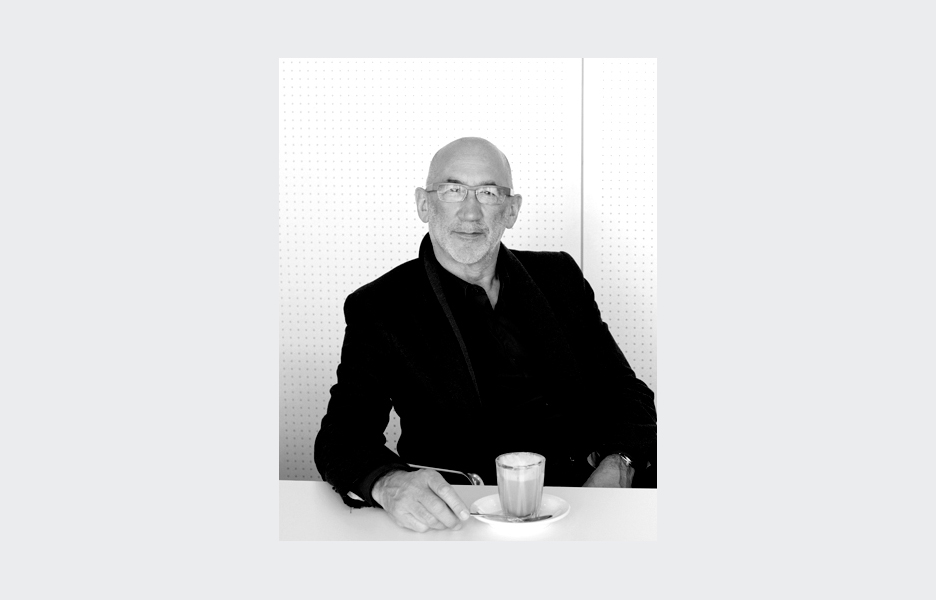
IKEA sued for copyright infringement
IKEA sued for copyright infringement
Share
Image above: the Mo bed designed by e15, which is at the centre of the dispute with IKEA.
German furniture brand e15 is taking Swedish conglomerate IKEA to the High Court over a disputed copyright infringement on the design of its Mo bed.
Designer Philip Manzier claims the Mo bed was developed over a three-year period from 1999 to 2002. A few months later, IKEA released the widely popular Malm bed. Both designs feature flat timber headboards and footboards with a wide ‘shelf’ that juts out along the edge of the mattress.
The Frankfurt-based brand e15 has already tried the case twice in front of local courts in Dusseldorf, but on both occasions, the decision ruled in favour of IKEA. e15 is now appealing the case to Germany’s Supreme Court which is set to have a ruling come down next year.
Any similarities in the design are not reflected in the price tag, with e15’s Mo bed constructed out of solid timber and carrying a price tag of $6040 AUD; IKEA’s Malm is made with particle board and timber veneer, it retails for $415 AUD. The difference in price is what proved to be a contentious issue for e15 customers, as Manzier explains they didn’t understand the reasons why.
Although there is a quite a significant price difference between e15’s Mo and IKEA’s Malm, the former is made to order with high-quality materials and craftsmanship, while the latter is mass produced and not built to last more than a few years.
This leads to a wider debate around the value of authentic design and how to communicate that value to the general public. Anne-Maree Sargeant of the Authentic Design Alliance in Australia recently penned an article on this issue, explaining that outside of the design industry, the word ‘replica’ is not clearly understood. Sargeant even references panel talks where replica has been described as ‘vintage’ or simply as a trend.
Similarly, Herman Miller took notorious replica manufacturer, Matt Blatt, to the Federal Court of Australia back in 2011, resulting in an undisclosed settlement and clear labelling of replicas on Matt Blatt’s website.
Read more about the rights of designers in Australia:
– Gillian Serisier explains design rights and IP
– Bryan Chung compares Australian copyright to other countries
– Anne-Maree Sargeant discusses why authentic design matters
– Real vs Replica: Herman Miller reaches settlement with Matt Blatt
You Might also Like



















